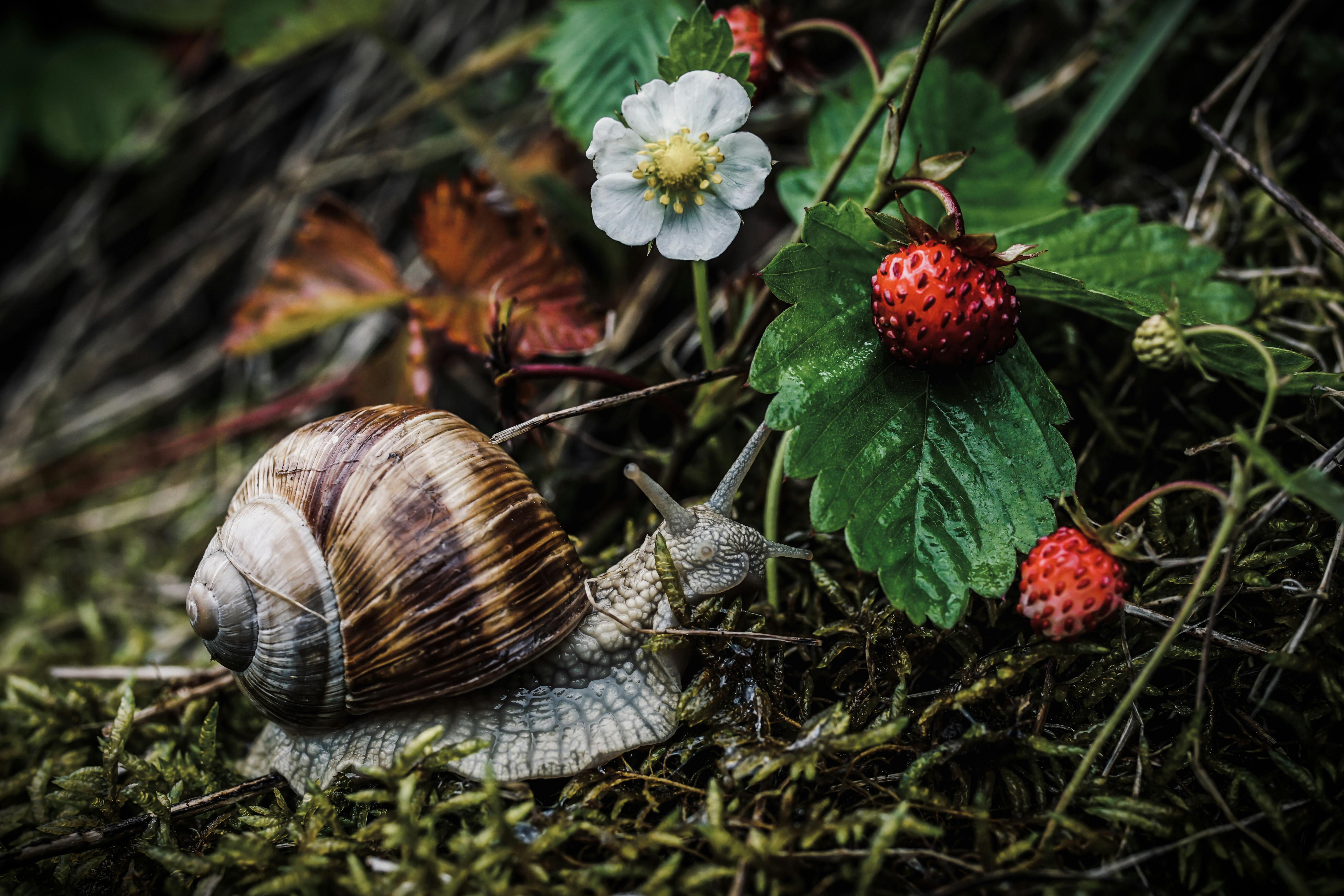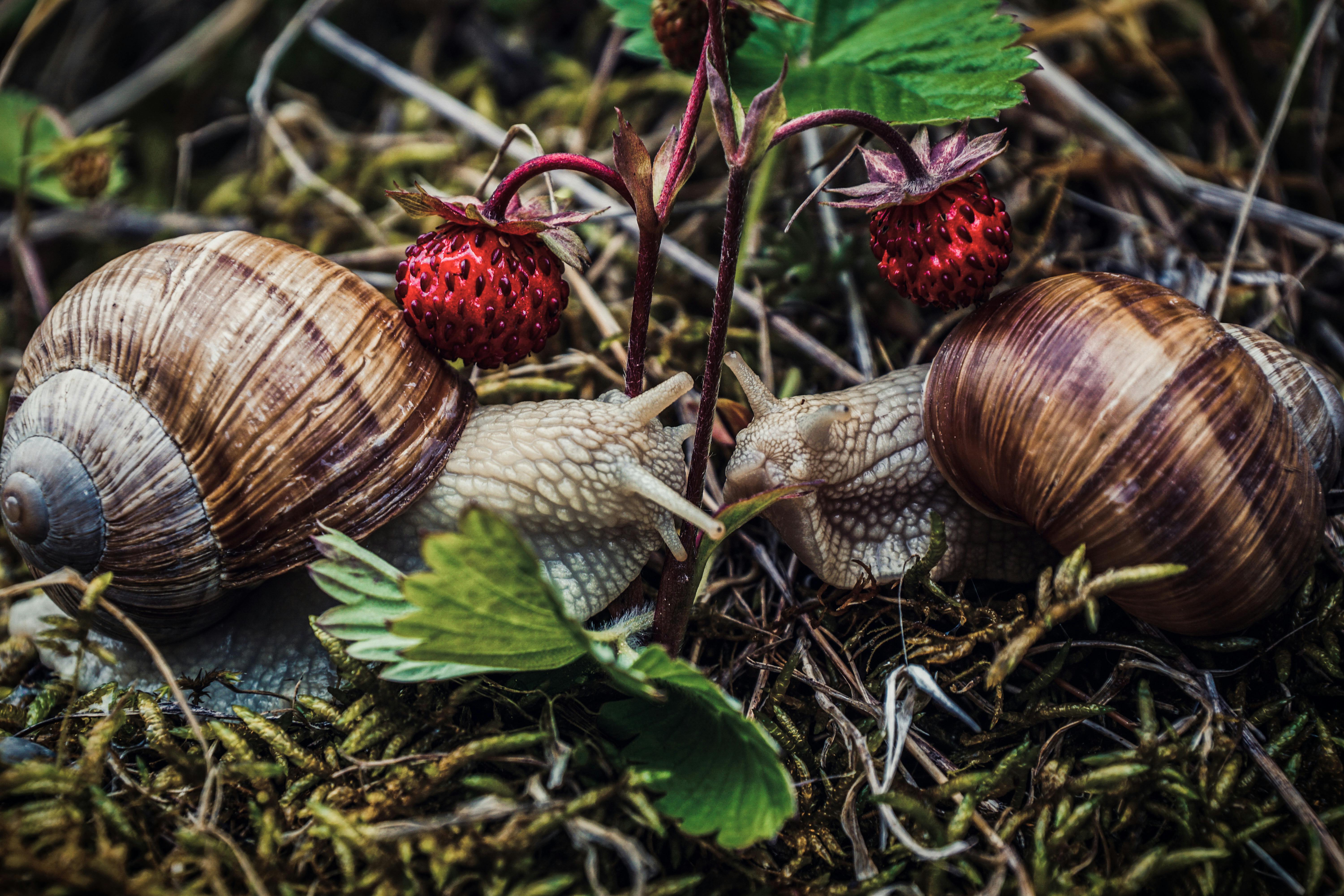Wild strawberries are a beloved fruit found in many parts of the world. While they are beloved among gardeners and food enthusiasts, they can also become invasive if not carefully managed. In this article, we will explore the topic of wild strawberries and whether or not they are an invasive species. We will look at how they spread, the potential damage they can cause, and ways to mitigate their spread.An invasive species is a species that is not native to an area and whose introduction causes or is likely to cause economic or environmental harm, or harm to human health. Invasive species can be plants, animals, and other organisms (e.g., microbes). Human actions are the primary means of invasive species introductions.
Wild Strawberries
Wild strawberries are small, sweet and fragrant berries that grow wild in many parts of the world. They are usually much smaller than cultivated strawberries, but their flavor is often more intense. Wild strawberries are usually red when ripe and have white or yellowish seeds on the outside of their skin. These berries have a long history of being enjoyed as a tasty snack, but they can also be used in many different recipes. Wild strawberry plants can be found in many different habitats, ranging from meadows and woodlands to mountains and coasts.
The most common variety of wild strawberry is the Fragaria vesca species, which is found throughout Europe and North America. This species has several sub-species that can be found in different parts of the world. Some varieties of wild strawberry are edible while others are not as palatable.
Wild strawberries can be eaten fresh or cooked into jams, jellies, pies or tarts. They can also be frozen for later use or used to make juices and syrups. Many people prefer to make wild strawberry jam because it has a stronger flavor than regular jams made with cultivated strawberries. Wild strawberries can also be used to make wine and liqueurs or added to salads for a burst of flavor.
The health benefits associated with eating wild strawberries are numerous. They are high in antioxidants which help protect against free radical damage and disease. Wild strawberries also contain vitamin C, fiber, potassium, magnesium and other important nutrients that help keep us healthy. Eating a variety of fruits including wild strawberries is an excellent way to get your daily recommended amount of vitamins and minerals for overall health and wellbeing.
Where do Wild Strawberries Grow?
Wild strawberries are native to many temperate areas around the world. They typically grow wild in meadows, woodlands, and along roadsides. The plants prefer shade or partial shade and moist soil conditions with plenty of organic matter. They are often found in disturbed areas such as gardens, fields, and along roadsides. Wild strawberries produce small red fruits with seeds on the outside that are edible and sweet.
Wild strawberries can also be grown in gardens or pots. They need a well-drained soil with plenty of organic matter to thrive. It is best to plant them in a sunny location but they can also tolerate some shade. Watering should be done regularly during dry periods and mulching is recommended to help retain moisture in the soil.
The plants produce runners that will spread and fill an area if left unchecked, so it is important to keep them under control by removing any excess runners or by pruning back the plant if needed. Fertilizer is not generally required as wild strawberries can survive without it, but it may help promote larger fruit yields if used sparingly. Harvesting wild strawberries can be done by hand when the berries are ripe, usually when they turn red and have a sweet aroma.
Are Wild Strawberries Native?
Wild strawberries are native to North America and Europe. They have been consumed and enjoyed for centuries, with some records suggesting they were first cultivated as early as the 1600s. The wild strawberry is a member of the rose family and is a small, red-colored fruit that grows in open fields, forests, and gardens.
Wild strawberries can be found in many parts of the world, with a few exceptions. They are not native to Australia or New Zealand; however, some cultivars have been introduced there over time. Wild strawberries also don’t grow in areas with extreme temperatures such as deserts or tropical rainforests.
Wild strawberries are highly sought after for their unique flavor and nutritional benefits. They contain high levels of antioxidants, vitamin C, folate, fiber, and magnesium. While they may not be readily available in stores or supermarkets, they can often be found at farmers markets or picked fresh from the wild.
Overall, wild strawberries are native to North America and Europe but are not found in all parts of the world due to extreme temperatures or lack of suitable habitats. They offer a unique flavor profile along with important nutritional benefits that make them a popular choice among foodies and health-conscious individuals alike.
Are Wild Strawberries Invasive in North America?
Wild strawberries are not considered to be invasive in North America. They are native to the region and are not considered to be a threat to any native species. The wild strawberry plant is found naturally growing throughout much of the United States and Canada, although it is not considered a major agricultural crop.
Wild strawberries have been used by Native Americans for centuries as food, medicine, and for ceremonial purposes. They are also popular with foragers, who enjoy their sweet flavor and high vitamin content. Wild strawberries are widely available in farmers’ markets across North America, where they can be purchased fresh or preserved.
Wild strawberries can be invasive in some parts of Europe and Asia, but this is due to the fact that they have been introduced into those regions from North America. In these areas, wild strawberry plants can compete with native species for resources and spread quickly if left unchecked.
In North America, however, wild strawberry plants are generally kept in check by natural predators and pests. As such, they play an important role in maintaining healthy ecosystems without becoming invasive or damaging native species populations.

Are Wild Strawberries Invasive in Europe?
Wild strawberries are native to Europe and can be found growing in a variety of habitats, including meadows, woodlands, and even urban gardens. They are an important part of the local ecology, providing food for birds and pollinators. Unfortunately, wild strawberries can also become invasive if left unchecked.
In some areas of Europe, wild strawberry populations have become so large that they can cause damage to native ecosystems. For example, they can out-compete native plants for resources such as light and water, reducing diversity in the area. In addition, their aggressive growth habits can make them difficult to manage.
To prevent wild strawberries from becoming invasive in Europe, it is important to monitor their spread and take steps to control their growth when necessary. This could include controlling the number of plants by manual or chemical methods or limiting their spread by removing any fruits or runners that escape into other areas. It is also important to plant native species near wild strawberry populations in order to encourage biodiversity.
Overall, it is possible for wild strawberries to become invasive in Europe if left unchecked. However, with proper management these plants can remain a valuable part of the local ecology and provide a valuable source of food for wildlife.
Are Wild Strawberries Invasive in Asia?
Wild strawberries are native to temperate regions of the Northern Hemisphere. While they have been widely cultivated over the centuries, they have not been found to be invasive in Asia. That being said, wild strawberries can be found growing in some parts of Asia, such as China and India.
In areas where wild strawberries grow naturally, they can become a nuisance if they are allowed to spread unchecked. This is because the plants produce large numbers of runners which can quickly take over disturbed or open areas. It is important to manage these plants by controlling their spread and harvesting the fruits before they become over-ripe and fall off the plant.
In addition, wild strawberry plants can be grown in gardens and other cultivated areas with careful management. If you decide to cultivate them, it is important to prevent them from spreading into natural areas or other peoples’ gardens. To do this, you should use barriers such as plastic mulch or edging around the planting beds that contain your wild strawberries. Additionally, you should harvest regularly and remove any runners that appear outside of your desired area.
Overall, wild strawberries are not considered an invasive species in Asia but they can become a nuisance if they are allowed to spread unchecked in certain areas. Proper management techniques such as barriers and regular harvesting should be used when cultivating them to ensure that the plants do not spread into natural areas or other peoples’ gardens.
Wild Strawberry Invasions and their Effects on Ecosystems
Wild strawberries (Fragaria vesca) are a species of woody perennial flowering plants native to Europe, North America, and parts of Asia. They are one of the most common and widely distributed plants in the world. Unfortunately, wild strawberry invasions can have a negative impact on ecosystems.
These invasions can lead to an increase in competition for resources among native species, as well as a decrease in biodiversity. Wild strawberries are able to out-compete other plants due to their ability to quickly spread via their runners and take advantage of resources before other plants can get them. This can lead to a decrease in the number of native species that inhabit an area.
Wild strawberries can also bring with them diseases and pests that may not be present in the local environment. These diseases and pests can be particularly harmful to other native species that may not have any natural defense against them. In addition, they may also be able to hybridize with other strawberry species, leading to genetic pollution which could further reduce biodiversity within an ecosystem.
Invasive wild strawberries can also increase soil erosion due to their strong root systems which help them take up more soil nutrients than other plants can access. This can lead to nutrient-poor soil and reduce the overall fertility of an area, making it less suitable for native species that depend on it for food or habitat.
Overall, wild strawberry invasions have the potential to significantly alter ecosystems by reducing biodiversity, introducing diseases and pests, reducing soil fertility, and increasing competition for resources among native species. As such, it is important for land managers and conservationists alike to be aware of potential wild strawberry invasions in order to help protect vulnerable ecosystems from their negative effects.

Conclusion
Wild strawberries are a relatively low-impact and beneficial plant species. They provide a range of benefits from edible fruit and nectar sources to soil improvement, weed suppression, habitat for wildlife, and more. However, they can become invasive in certain climates where they have the potential to outcompete native species. Careful monitoring and management of wild strawberry populations is necessary to ensure that their populations remain stable and beneficial.
Given the wide range of benefits that wild strawberries offer, it is important to protect them in areas where they are not invasive. When planting wild strawberries in areas with similar climates where they could potentially become invasive, it is important to use appropriate management techniques such as regular thinning and removal of runners, planting disease-resistant cultivars, or creating physical barriers to prevent spread.
In conclusion, wild strawberries can be a valuable addition to many gardens and landscapes if managed properly. Their edible fruit in addition to their other benefits make them an attractive option for gardeners looking for something unique and different in their gardens. With careful management practices in place, these plants can be enjoyed without becoming an invasive threat in the local ecosystem.



